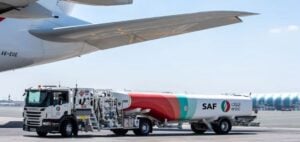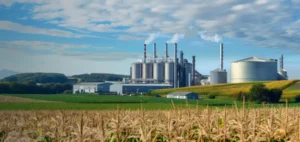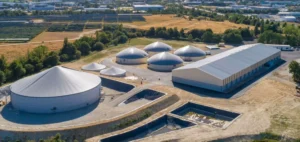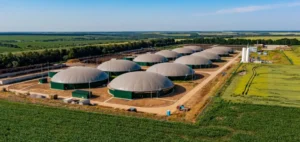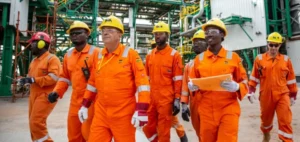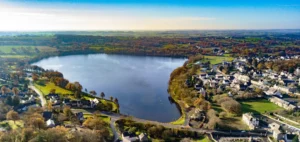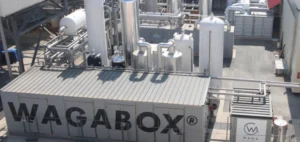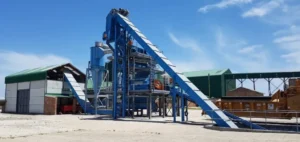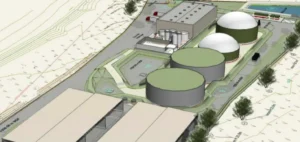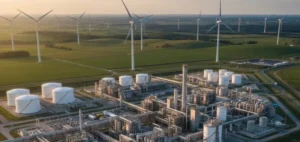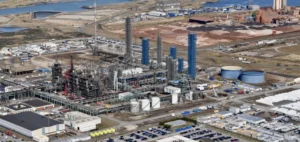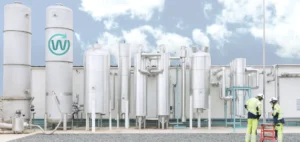India, a nation experiencing rapid economic growth, is making an ambitious bet to reduce its carbon footprint by turning to biogas. In the state of Uttar Pradesh, a biogas plant has been built to convert agricultural waste into biogas and fertilizer, using the region’s abundant cow manure. In India, where cows are revered, this initiative aligns with a strategy to leverage local resources while meeting sustainability goals.
The Indian government, in search of sustainable energy solutions, launched a program in 2018 to build 5,000 biogas plants by 2024. However, the project initially faced difficulties, including a lack of investor interest despite generous subsidies. In response, authorities decided to mandate a minimum percentage of biogas in automotive fuels and domestic use starting in April 2025, a measure that has sparked interest among major industrial groups.
Industrial Actors Mobilized
The commitment of groups like Adani and Reliance Industries marked a turning point. Mukesh Ambani, CEO of Reliance Industries, announced plans to build 55 biogas plants by 2026, emphasizing the economic benefits for local farmers who, in turn, become energy producers. Adani Total Gas Ltd, on its end, plans to invest $200 million in the sector over the next five years.
For Indian industrial players, biogas not only represents an opportunity for diversification but also a way to address growing environmental concerns. According to the International Energy Agency (IEA), India and China are on track to become leaders in the global bioenergy market, with biogas demand in India projected to grow by 88% by 2030.
Challenges for an Emerging Sector
Despite this enthusiasm, biogas remains a niche sector within India’s vast energy market. Currently, nearly 70% of India’s electricity comes from coal, and efforts to integrate more gas into the energy mix aim to increase its share from 6% to 15% by 2030. However, much of this gas will be imported as liquefied natural gas (LNG), a source of energy that is still far from “green.”
Yet, the potential of biogas is real, particularly in terms of environmental impact and rural development. Agricultural waste, instead of being burned, can be converted into energy, thus reducing air pollution caused by traditional agricultural practices. However, obstacles remain, including high installation costs and the complexity of securing raw material supplies.
A Model of Local Energy to be Consolidated
In the Barsana region, where the plant operated by Adani TotalEnergies is located, investment in this site reached $25 million. The plant transforms tons of manure and straw into biogas and fertilizer daily, contributing to a cleaner environment and local job creation. But to thrive, the sector must still overcome structural challenges, including securing long-term supply contracts with agricultural producers.
Although the cost of biogas remains high, at $14 per cubic meter compared to $6 for LNG, Nakul Kumar Sardana, vice president of Adani TotalEnergies, believes this energy can play a key role in India’s energy transition. “We are no longer wasting energy,” he says, emphasizing the benefits for the environment and local communities.





